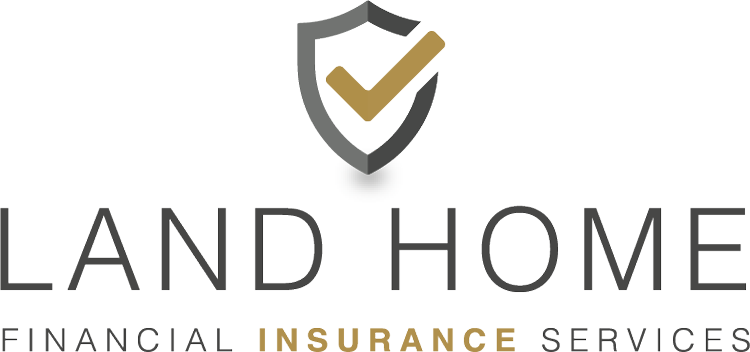Does Home Insurance Pay For Tree Removal If It’s Leaning On Power Lines?
Home insurance typically does not cover tree removal as part of preventative maintenance, such as when a tree is leaning or poses a risk to property. However, policies will often cover tree removal if the tree falls on your house and needs to be removed. But what happens if the tree is leaning on power lines? Whose responsibility is that?
Tree Damage Is Usually Covered
Damage caused by a fallen tree is generally covered by home insurance. You can file a claim to repair or replace your roof, fence, or other structures damaged by the tree. However, home insurance typically does not cover a leaning tree on power lines, as this is not usually considered the insurer’s responsibility.
Call the Electric Company
If you notice a tree leaning against power lines, contact your electric company. The utility company will send a representative to inspect the tree. Power lines are insulated, so a tree touching the lines is unlikely to start a fire.
Professionals will assess the pressure that the tree or its branches are putting on the power lines to determine if there is any danger. If necessary, the electric company will send a professional to trim the tree away from the power lines. Typically, the electric company covers the cost of this service, not your insurance provider, such as Land Home Insurance Services.
Leaning Trees Are Your Responsibility
While the power company may trim branches that lean on power lines, it usually does not remove the rest of the tree, even if it is also leaning. Removing the tree is considered preventative maintenance and is the homeowner’s responsibility.
Understanding what is covered under your policy can be challenging. Our professional agents at Land Home Insurance Services are here to help you learn more about your coverage. Contact us today to get started.























